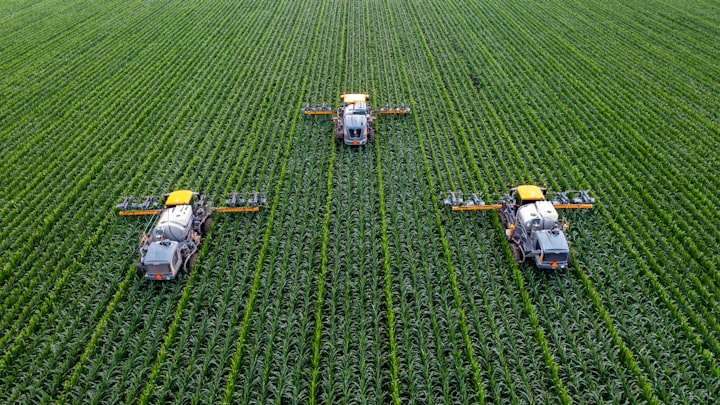Scope 3 Reporting in Canada: A Comprehensive Overview
Canada strengthens its stance on climate change with enhanced GHG reporting. Canadian firms, while following national guidelines, must also navigate global standards in international trade. Explore the nuances of Scope 3 reporting in Canada's global context

Canada has been at the forefront of environmental initiatives, and its stance on greenhouse gas (GHG) emissions reporting is no exception. With the global shift towards sustainability and transparency, understanding the intricacies of Scope 3 reporting in Canada becomes crucial for businesses operating within its borders.
What is Scope 3 Reporting?
Scope 3 emissions, often referred to as "value chain emissions," encompass all indirect emissions that occur in a company's value chain. This includes emissions from both upstream and downstream activities, such as those from purchased goods, transportation, and waste disposal1.
Canada's Approach to Scope 3 Reporting:
Canada's Greenhouse Gas Reporting Program (GHGRP) has laid out clear guidelines for GHG emissions reporting2. While the primary focus has been on direct emissions (Scope 1) and indirect emissions from purchased electricity (Scope 2), there's a growing emphasis on understanding and reporting Scope 3 emissions. This is in line with global trends, where businesses are increasingly held accountable for their entire carbon footprint3.
Key Points on Canada's GHGRP:
- The Single Window system streamlines reporting, making it easier for businesses to submit their data2.
- The GHGRP has expanded its reporting requirements over the years, reflecting the growing importance of comprehensive emissions data2.
- Resources such as technical guidance, quantification requirements, and video tutorials are available to assist businesses in their reporting endeavors2.
A Global Perspective:
It's essential to note that Canadian companies aren't just bound by national regulations. If they operate or trade internationally, they must also adhere to the GHG reporting regulations of those regions4. This means that a Canadian company operating in Europe, for instance, would need to comply with the European Union's GHG reporting standards in addition to Canada's GHGRP.
Furthermore, with global initiatives like the Task Force on Climate-related Financial Disclosures (TCFD) gaining traction, Canadian companies are increasingly under pressure to disclose their climate-related risks and opportunities, which includes a thorough understanding and reporting of Scope 3 emissions5.
In Conclusion:
Scope 3 reporting in Canada is evolving, reflecting the global shift towards greater transparency and accountability. Canadian businesses must stay informed about both national and international regulations to ensure compliance and position themselves as leaders in the global sustainability arena.
References:
Footnotes
- Greenhouse Gas Protocol - Corporate Value Chain (Scope 3) Standard
- Environment and Climate Change Canada - Greenhouse Gas Reporting Program
- CDP - The case for corporate action on climate change
- European Commission - EU Emissions Trading System (EU ETS)
- Task Force on Climate-related Financial Disclosures (TCFD) - Recommendations




Comments ()